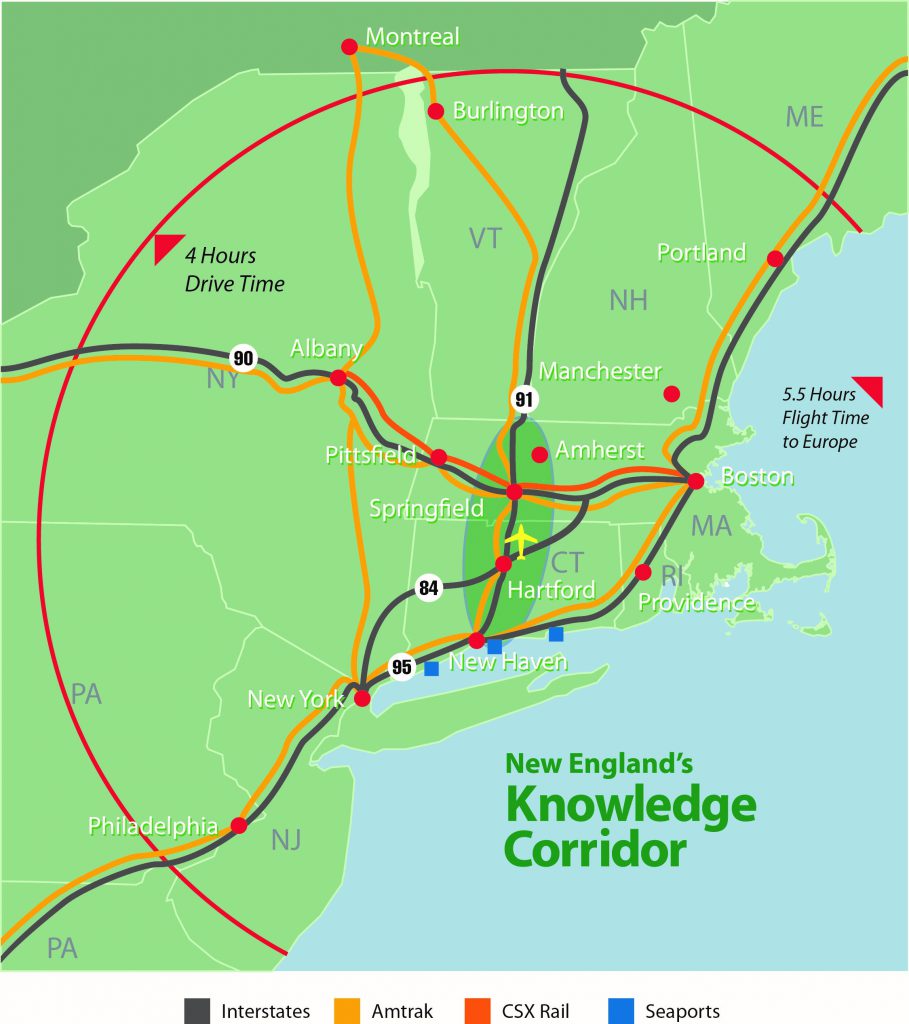
- Academic Powerhouse – One of the country’s highest academic concentrations and largest capacities for research, with 41 colleges and universities and 215,000 students
- Exceptional Achievement – Consistently among the nation’s top 10 in percentage of the population with advanced degrees, science-engineering doctorates and new patents registered
- Big, Concentrated Market – The nation’s 20th largest metro region, with over 2.77 million people, is comparable to Denver and St. Louis, but with twice their population density, which means ready access to labor and consumers
- Large Workforce – A labor force of 1.34 million, 50% larger than the Charlotte metro area
- Business Hub – 64,000 businesses – 60 percent more than the Austin metro
- Affordable – The region is prosperous but a relative bargain compared to elsewhere along the “Boston-NYC-Washington” mega-corridor, where cost of living is 15% to 50% higher
- Robust Business Sectors – Key areas of excellence, focus and investment include:
- Financial Services
- Bioscience
- Aerospace
- Health Care
- Education
- Insurance
- Precision Manufacturing
- Research
- Energy
- Great Lifestyle – Diverse natural environments, cities and towns rich with culture and history, and world-class educational, arts and entertainment opportunities
- Prime Location – The Hartford-Springfield-New Haven region is a short, one- to three-hour drive to the Boston or New York City business, sports and entertainment centers
Environmental Plan (Pioneer Valley)



